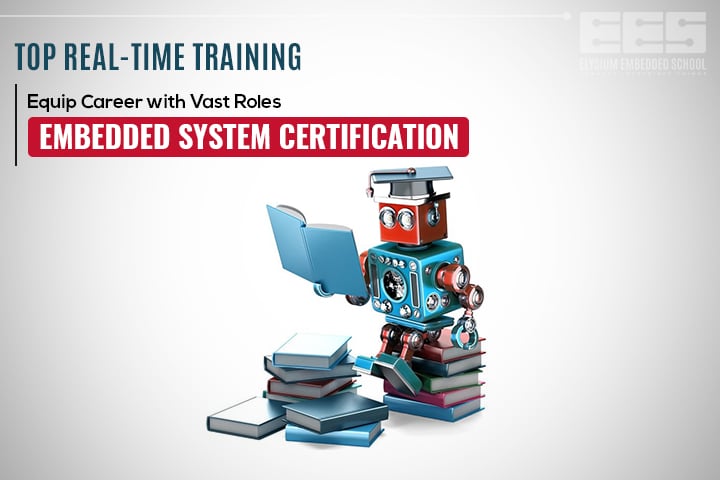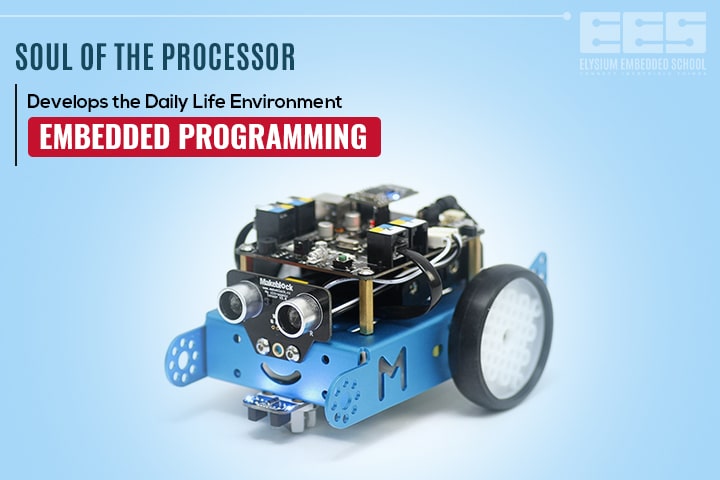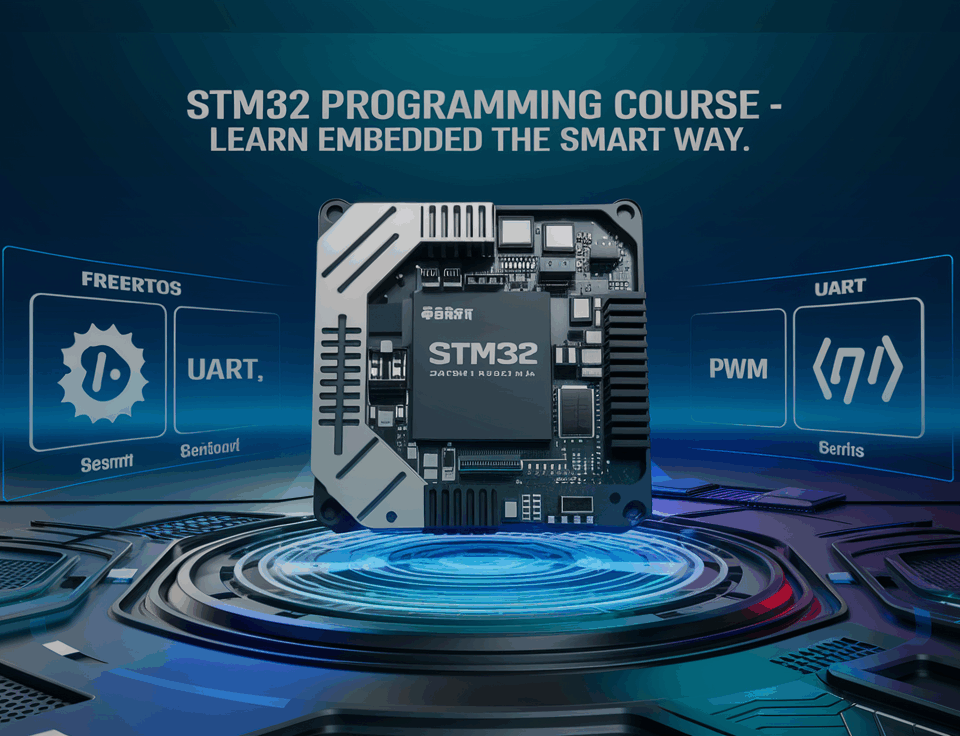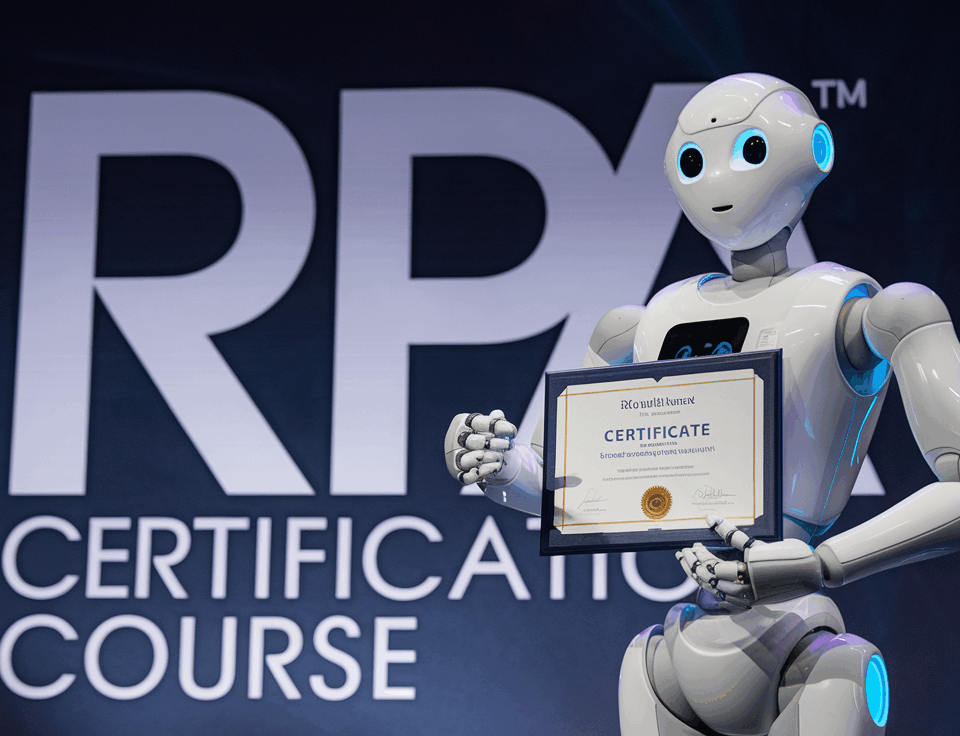
Top Real-Time Embedded System Certification Courses That Equip Career with Vast Roles
July 23, 2020
Embedded Programming – Soul of the Processor That Develops the Daily Life environment
July 23, 2020Table of Contents
ARM Series
ARM Series: First of all, what is ARM microcontroller and how it works? Here is a solution for this query. Generally, ARM Microcontroller is a family of CPUs based on the RISC architecture and established by the advanced RISC machines. Usually, this microcontroller has three sequences like Arm Cortex-A, Arm Cortex-R, Arm Cortex- M. This ARM microcontroller training offers the functions and processes of these three series.
Two Major Types
Generally, their ARM processors are of two types
Application Processor: These are appropriate for an OS that fully featured, for instance, Windows RT, Linux, etc. They are naturally using in mobile computing devices, smartphones, and in nowadays servers. To mention that, The Arm Cortex-A processor group is apt for it.
Embedded Processor: These typically contain microcontroller products, and also a wide-ranging of some embedded systems. In this Microcontroller, the Cortex –M group is widely used and the Cortex- R processor family, is usually useful in particular controllers such as automotive applications, hard disk drives, and baseband control.
Series
The three series are
-
- 1. Cortex-A: These microcontrollers are proposed for the smartphones as application specific systems.
-
- 2. Cortex –R: This is useful in space and missile applications, and it is a specific real-time microcontroller.
- 3. Cortex –M: This applies to motor control, LCD, LED interfaces as an application general purpose.
Typically, the Cortex M has subseries as Cortex –M0, Cortex –M0+, Cortex – M1, Cortex- M2, Cortex – M3, Cortex – M4. The features of these important processors are below
Cortex –M0
Particularly, this is chosen where the cost and power of the requirement are low. It contains almost all the characteristics of a microcontroller. Additionally, it has a Nested Vectored Interrupt controller which is known as NVIC. This NVIC is strongly attached to the core of the processor. This also simplifies exception processing for low latency. The chief traits include:
1. A configurable amount of interrupts that is external
2. Has a large number of priority bits, from 3 to 8 bits
3. It maintenances the interrupt level and pulse
4. Supports interrupt of reprioritization dynamically
5. Possible for Priority Grouping
Cortex- M0+
Similarly, it is a Cortex-M0 superset processor because of its instruction set. I.e., well matching with both the instruction and processors. In fact, the low latency, configurations of input and output of the M cortex delivers “Harvard- like” peripheral access. Additionally, it increases complete efficiency cycle for accessing the input and output.
Cortex- M3
Specifically, this subseries enhances more characteristics to the M0+ processor. The main constituent of this processor is 1-cycle 32-bit hardware multiply, 2-12 cycle 32-bit hardware divide, and soaked math support.
Cortex- M4
Customarily, it is a DSP Instructions of Cortex-M3 plus, as well as optional floating point unit (FPU) on the chip. If a core comprises an FPU then only it is Cortex-M4F core microcontroller else it is a Cortex-M4 microcontroller.
Register Modes
Certainly, the register modes are more vital for the operation of data. In the same way, this is useful for the information storing with an address. The ARM cortex-M3 contains 37 register sets where the general purpose registers are 31 and status registers 6. To run the tasks of the users, the ARM customs seven processing modes. They are
-
- 1. User mode
-
- 2. FIQ Mode
-
- 3. IRQ Mode
-
- 4. SVC Mode
-
- 5. UNDEFINED Mode
-
- 6. ABORT Mode
- 7. Monitor Mode
User Mode
As a matter of fact, it is a normal mode, which has the minimum number of registers. It does not have a saved program status register and has limited current program status register accessing.
FIQ and IRQ
Generally, The FIQ and IRQ are the two CPU modes interrupt. Similarly, the FIQ is for interrupt processing. Also, IRQ is known as the standard interrupt.
SVC Mode
In fact, this processor is for startup or reset, and it is supervisor mode.
Undefined Mode
In that case, the Undefined mode deceits when illegitimate instructions are accomplished. As well as, the ARM core consists of the 32-bit data bus and rapid data flow.
Abort Mode
Basically, it increase the speed of processing by splitting 32-bit data into 16 bits.
Monitor Mode
In this mode, the instructions can either be 16-bit or 32-bit, and it improves the ARM cortex –M3 performance.
As a result, this ARM Microcontroller training is worth to gain knowledge about the traits, function, register modes and uses of the microcontroller.




